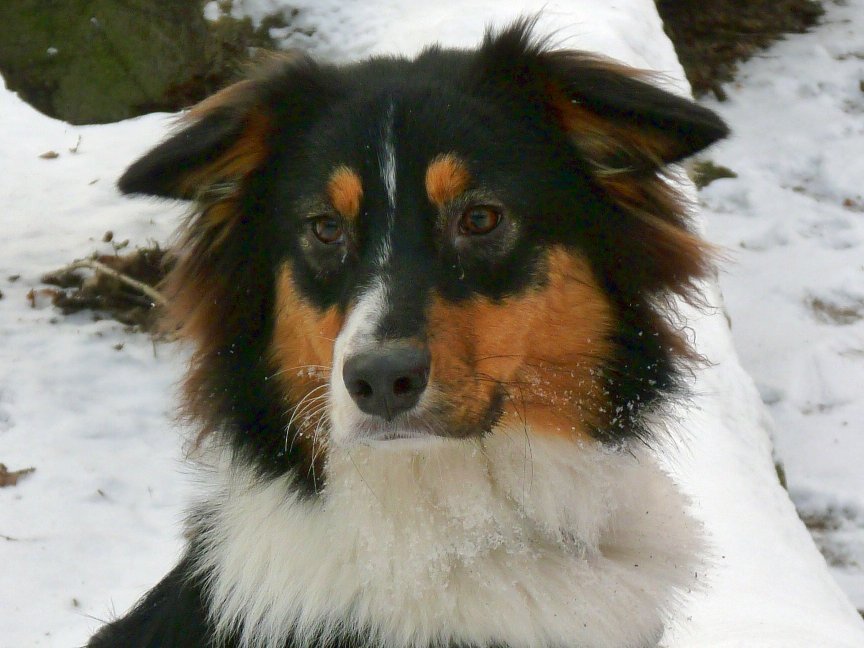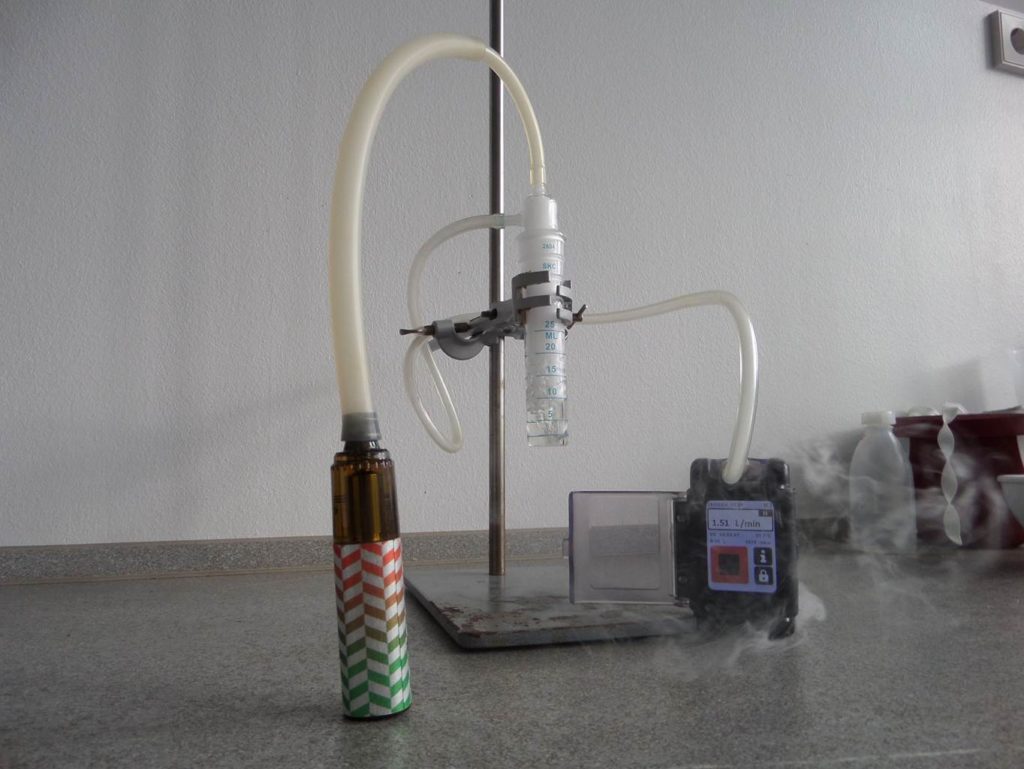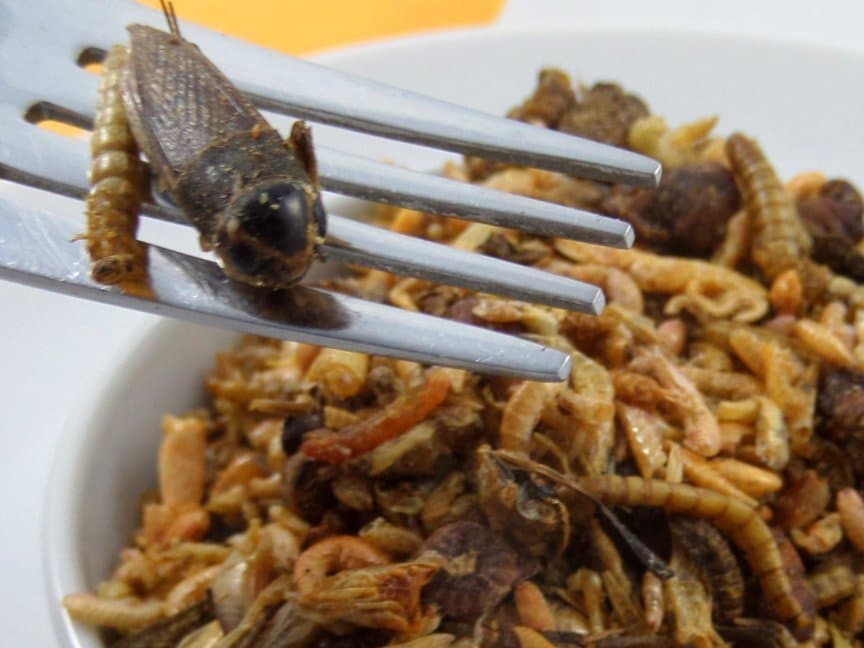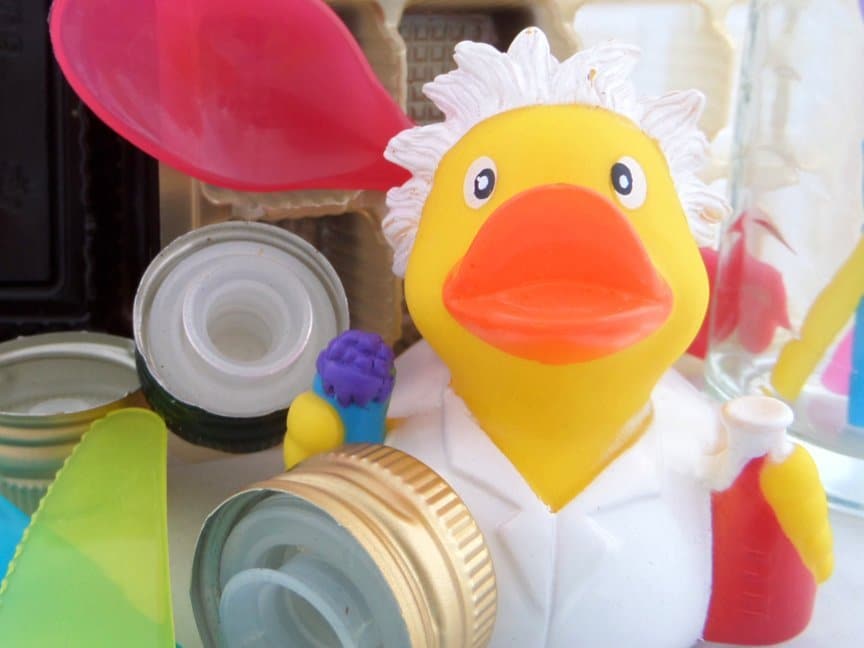Raw meat for dogs and cats can contain dangerous germs, dangerous for animals, but even more dangerous for humans.
In the scientific publication by Freek van Bree and his team (<span=”highwire-cite-metadata-volume highwire-cite-metadata”=””>182 <span=”highwire-cite-metadata-pages highwire-cite-metadata”=””>50; </span=”highwire-cite-metadata-pages></span=”highwire-cite-metadata-volume. Recent studies show that enterobacteria often pose a danger.
A microbiological test of raw meat, frozen or fresh, can make the risk more calculable.
Let us advise you on this topic from:
my-lab International +4930 233215800
my-lab International offers all important microbiological tests. We do not distinguish between animal feed and food. Animal feed is food for our pets.
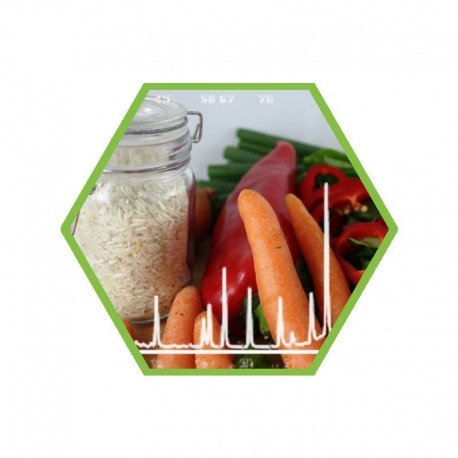 | microbiology: Enterobacteriaceae analysis in foodFMI05 |
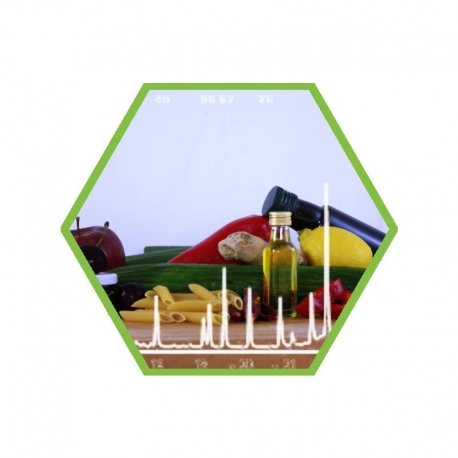 | Microbiology: Coliforms in foodFMI06 |
 | microbiology: e. coli in foodFMI03 |
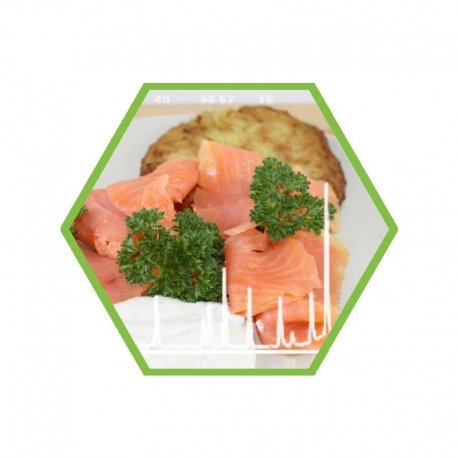 | microbiology: Listeria monocytogenes in foodFMI07 |
